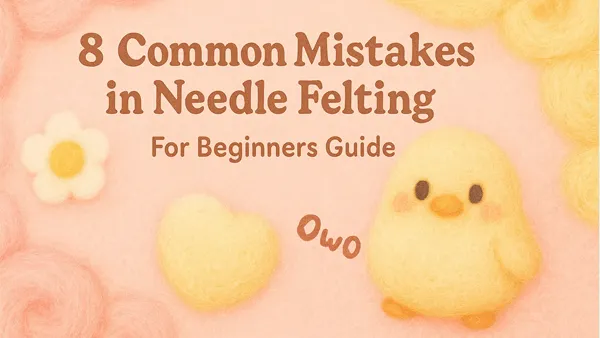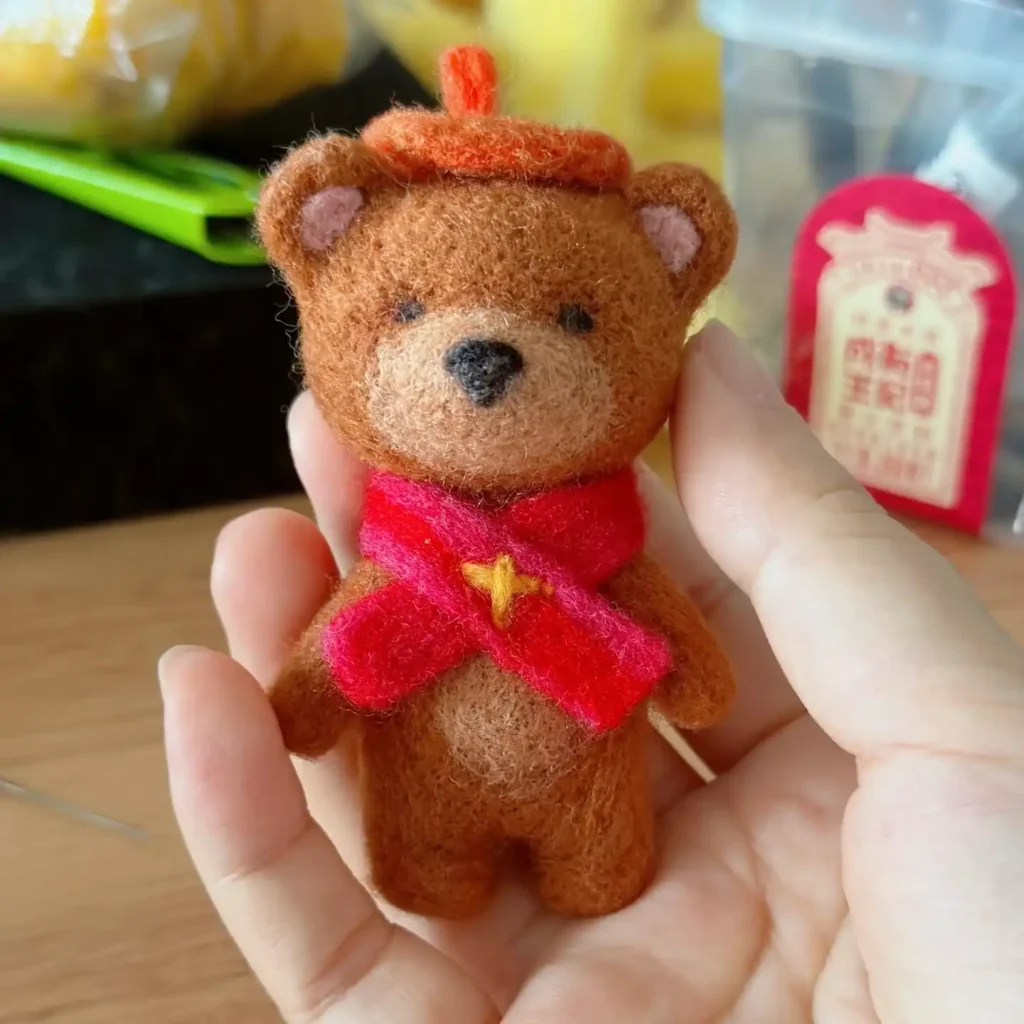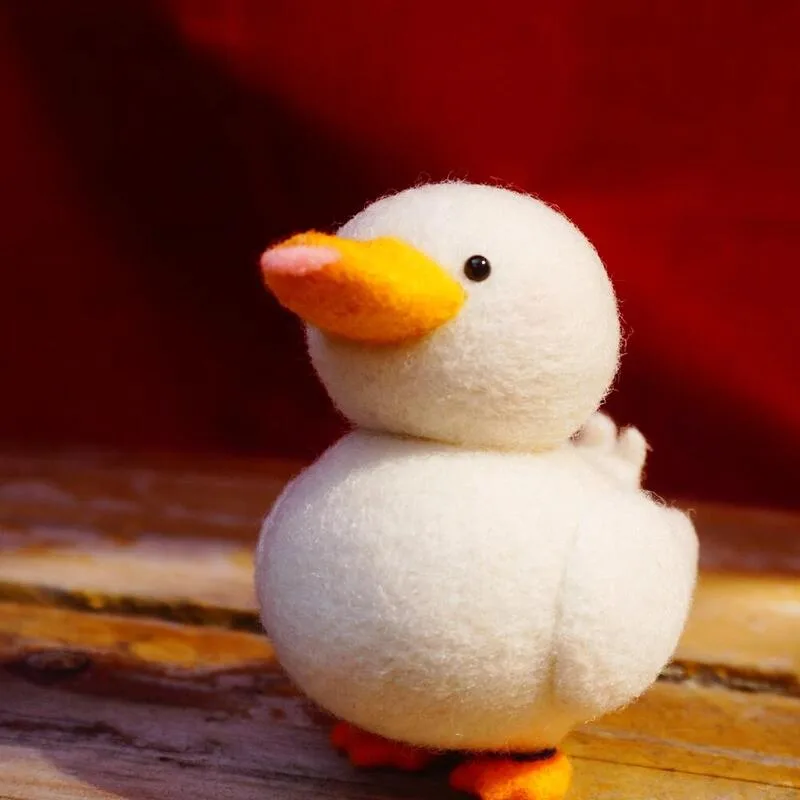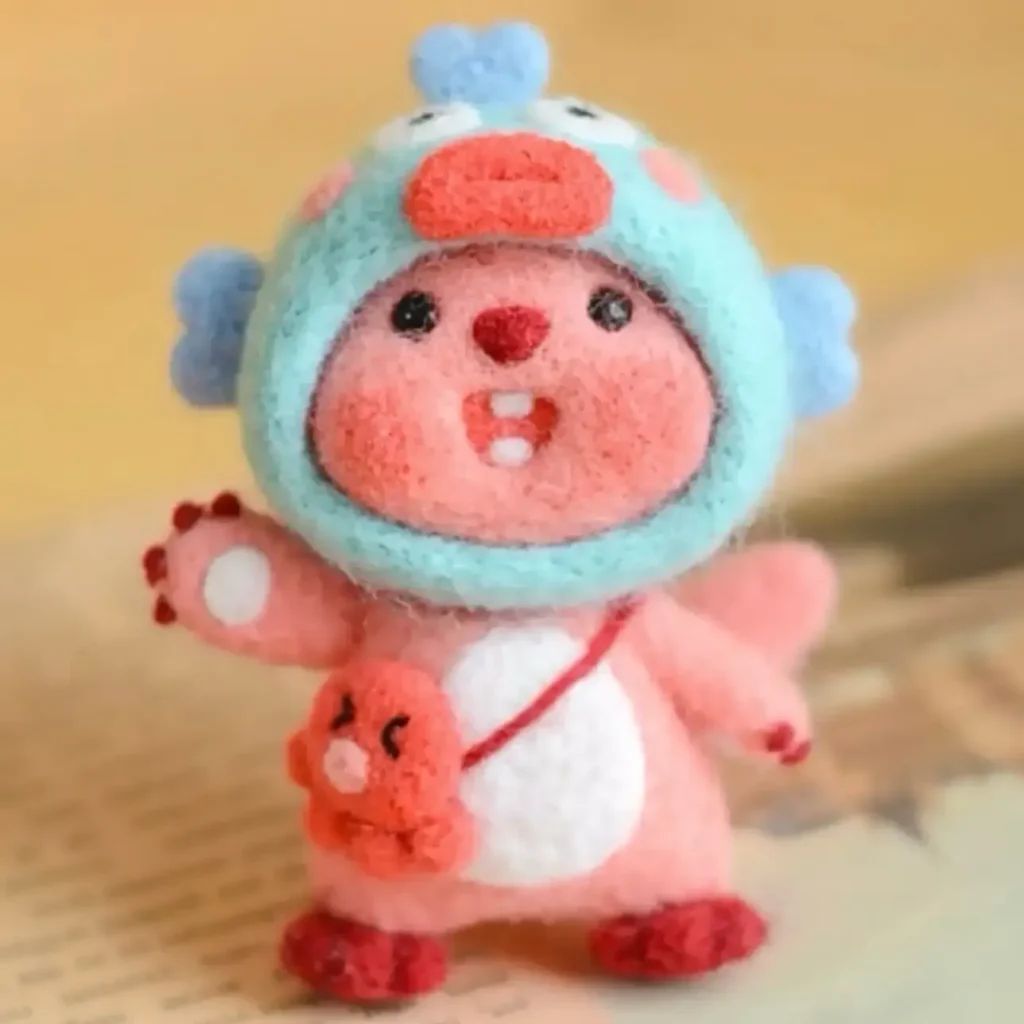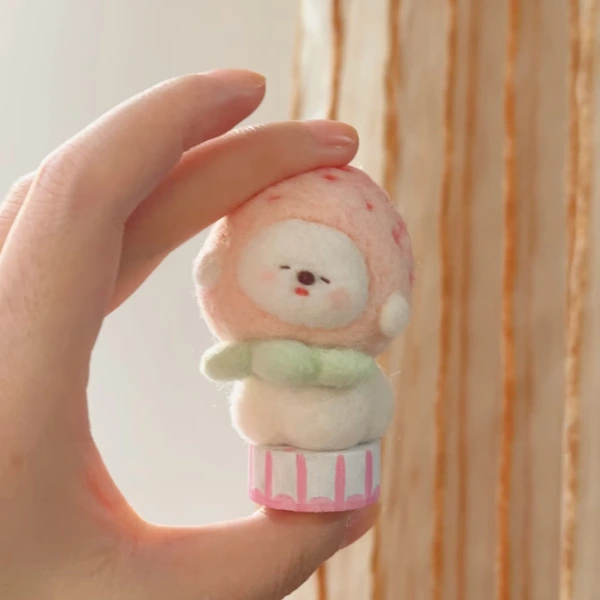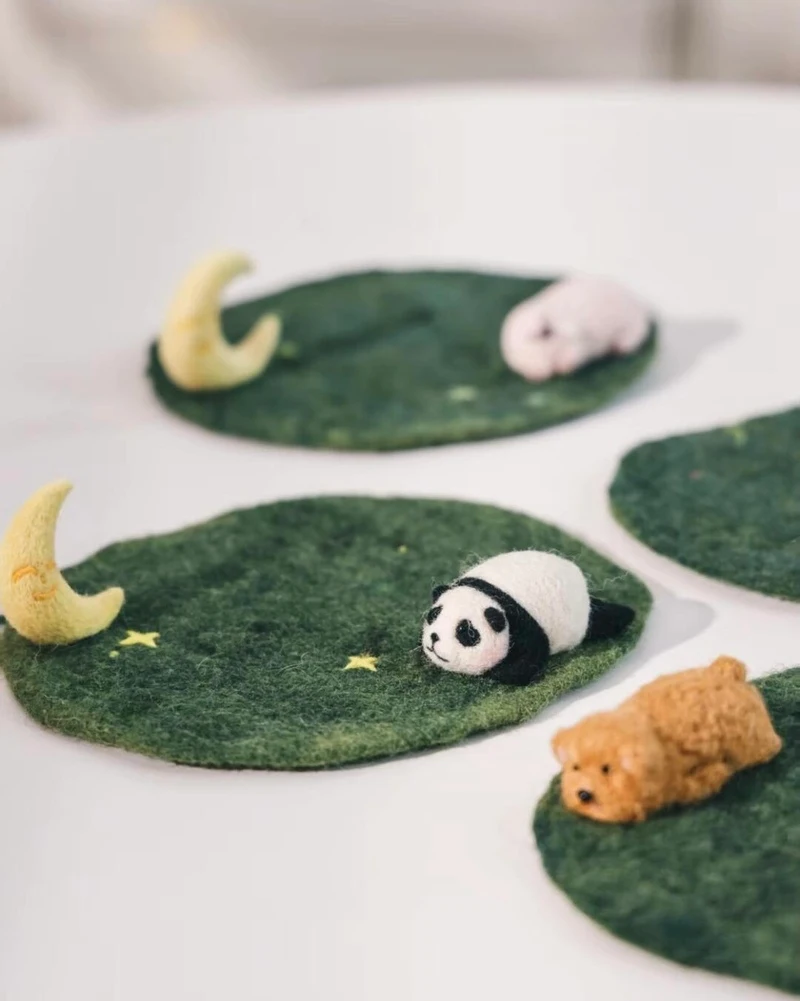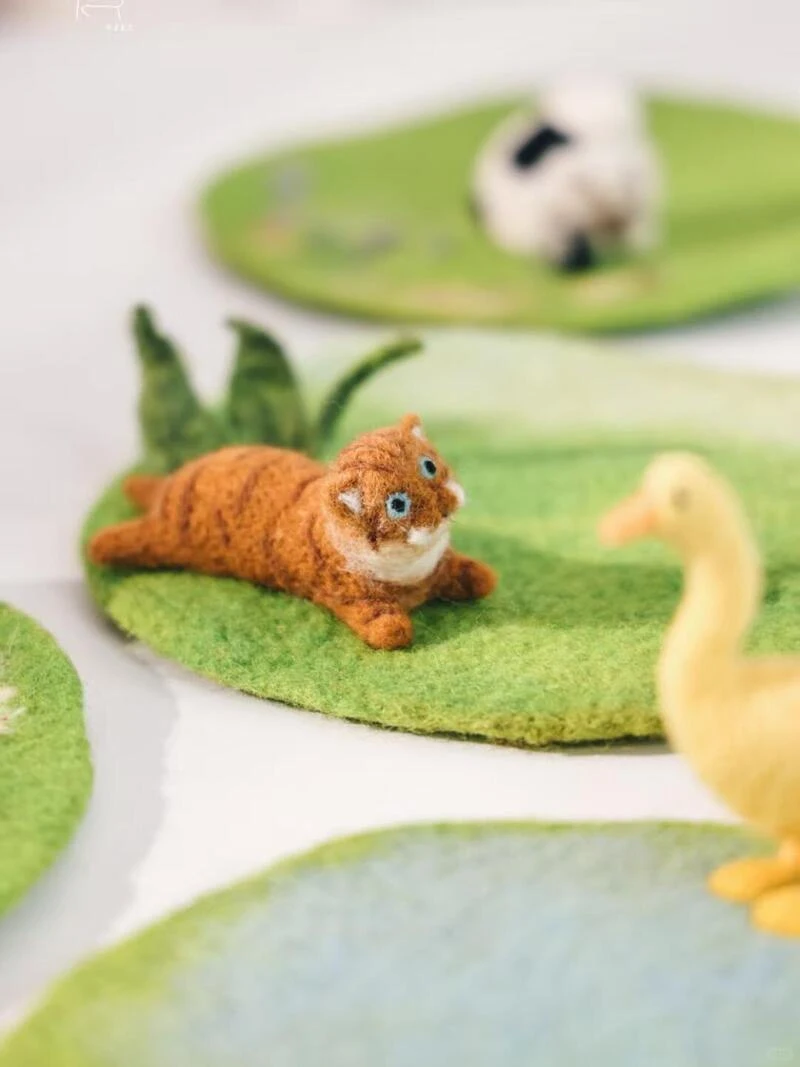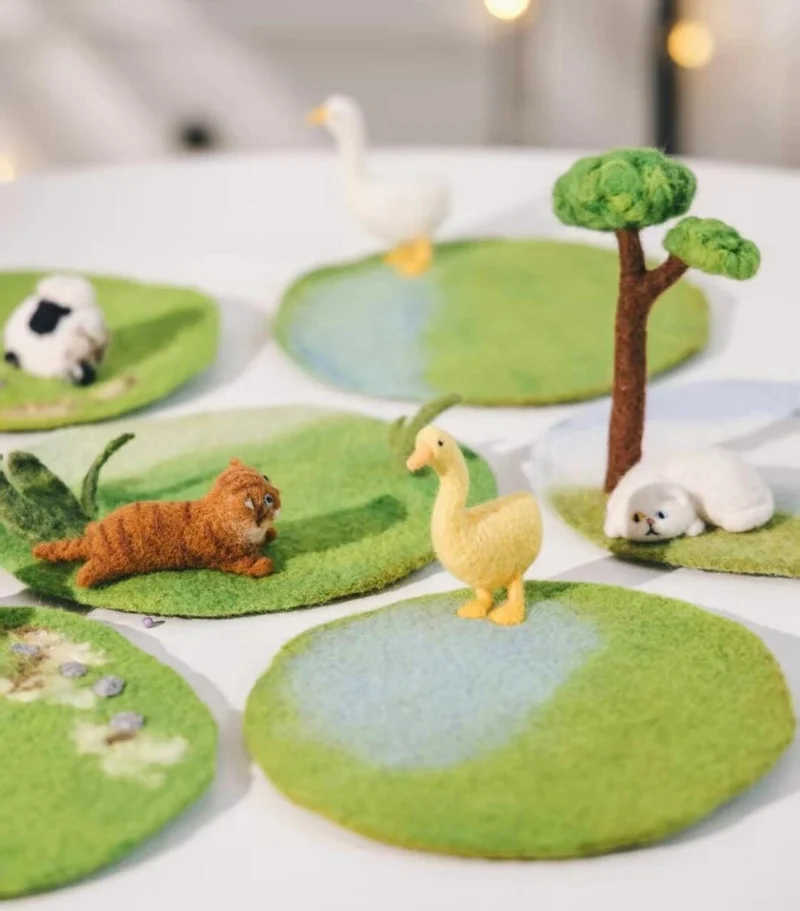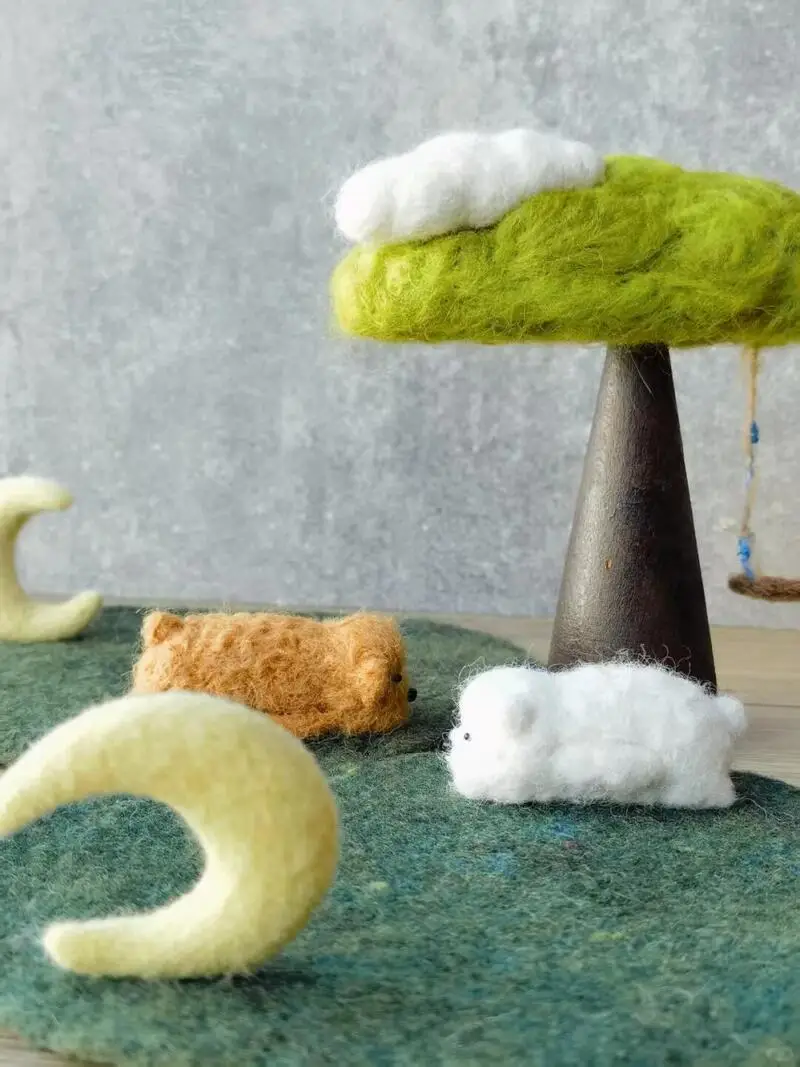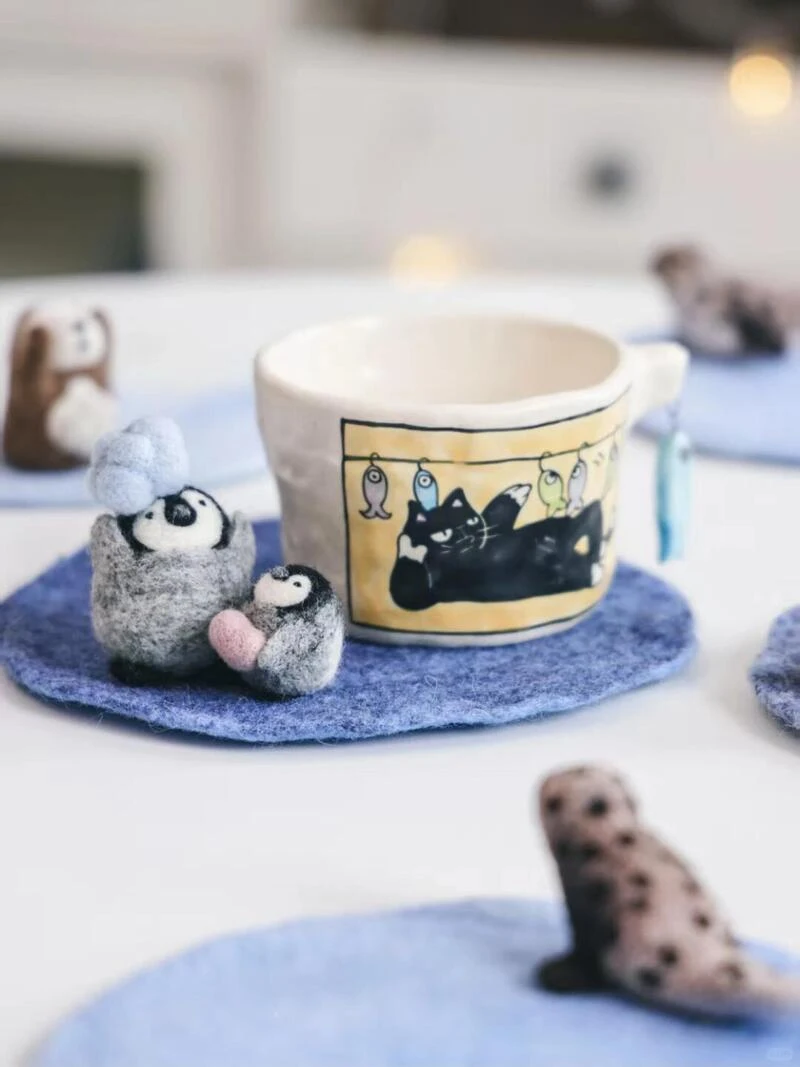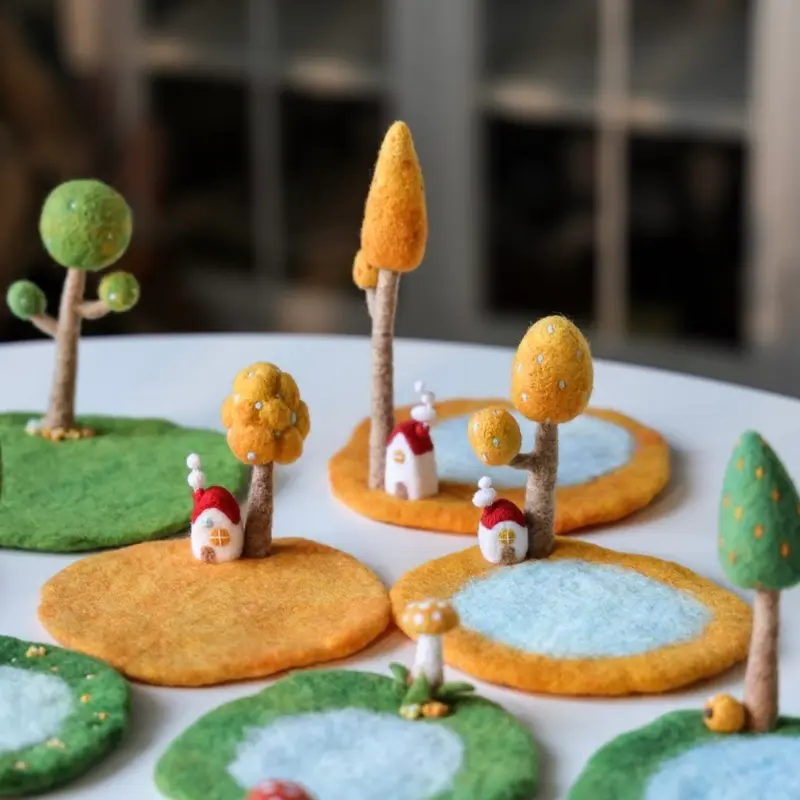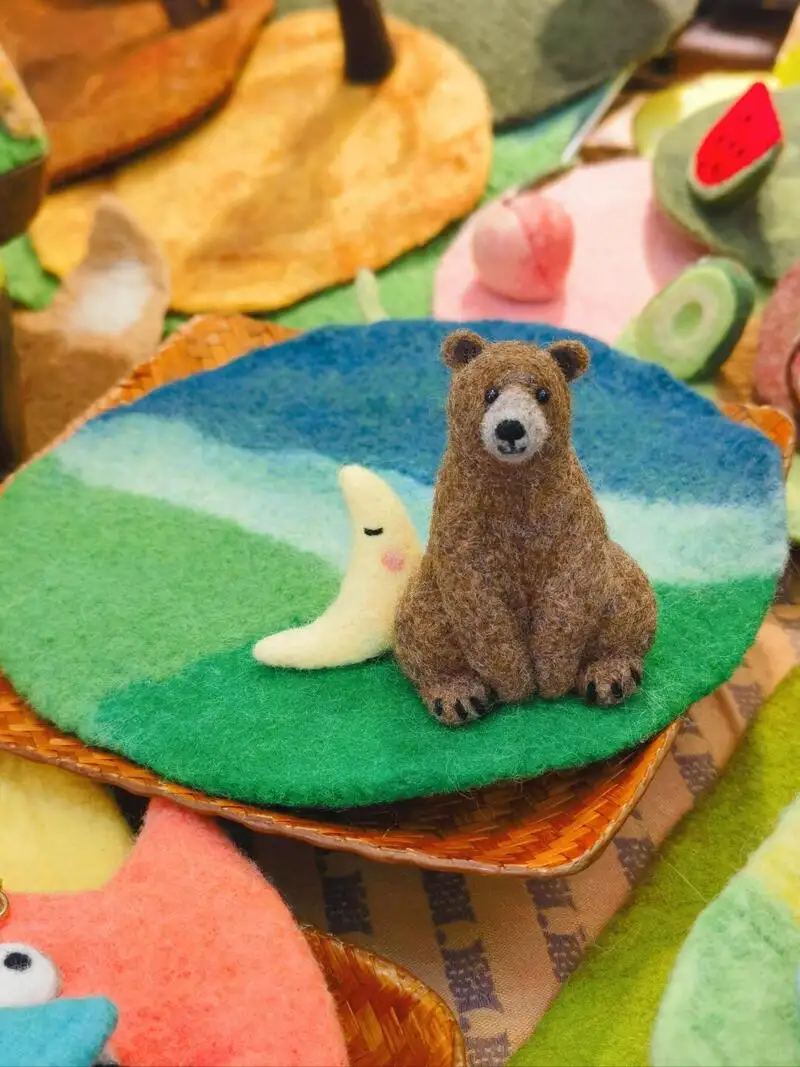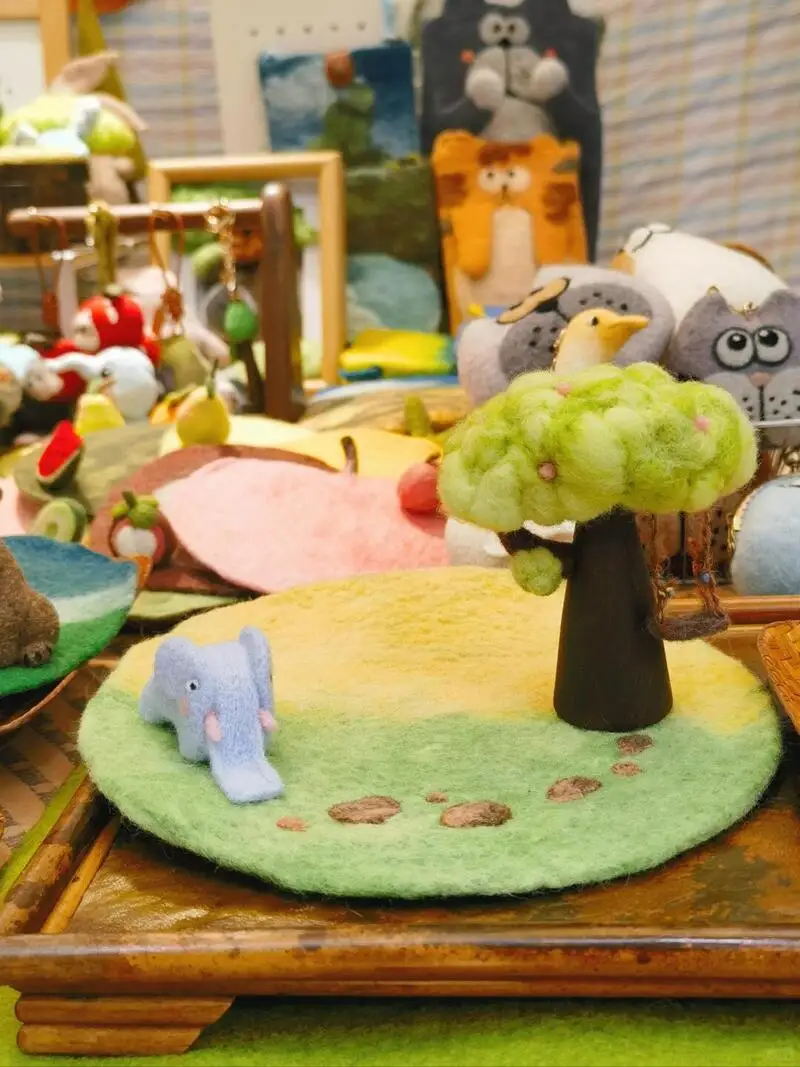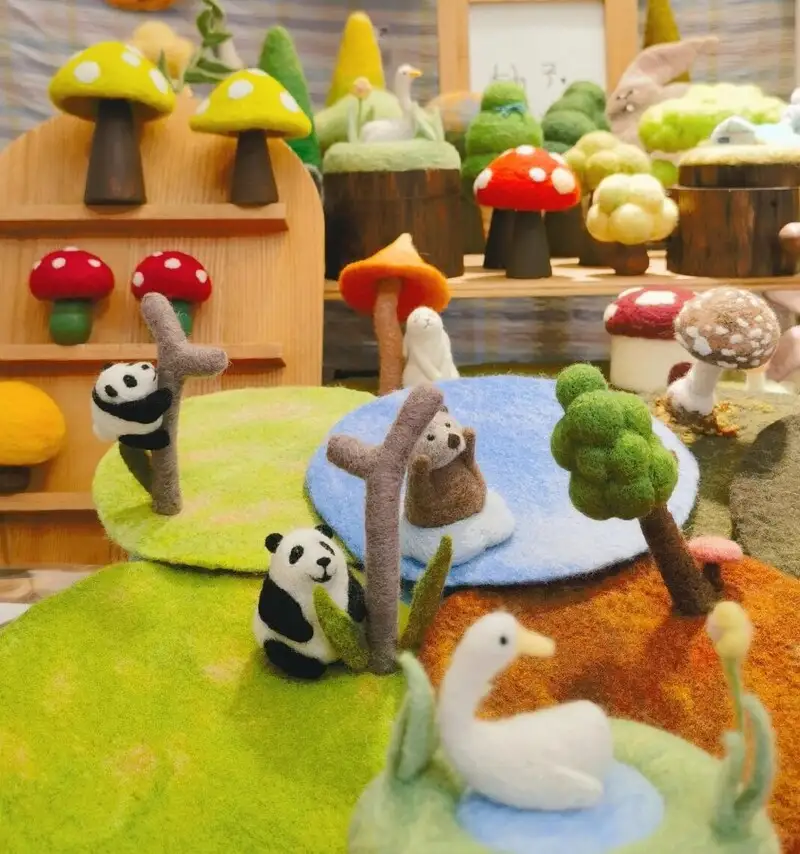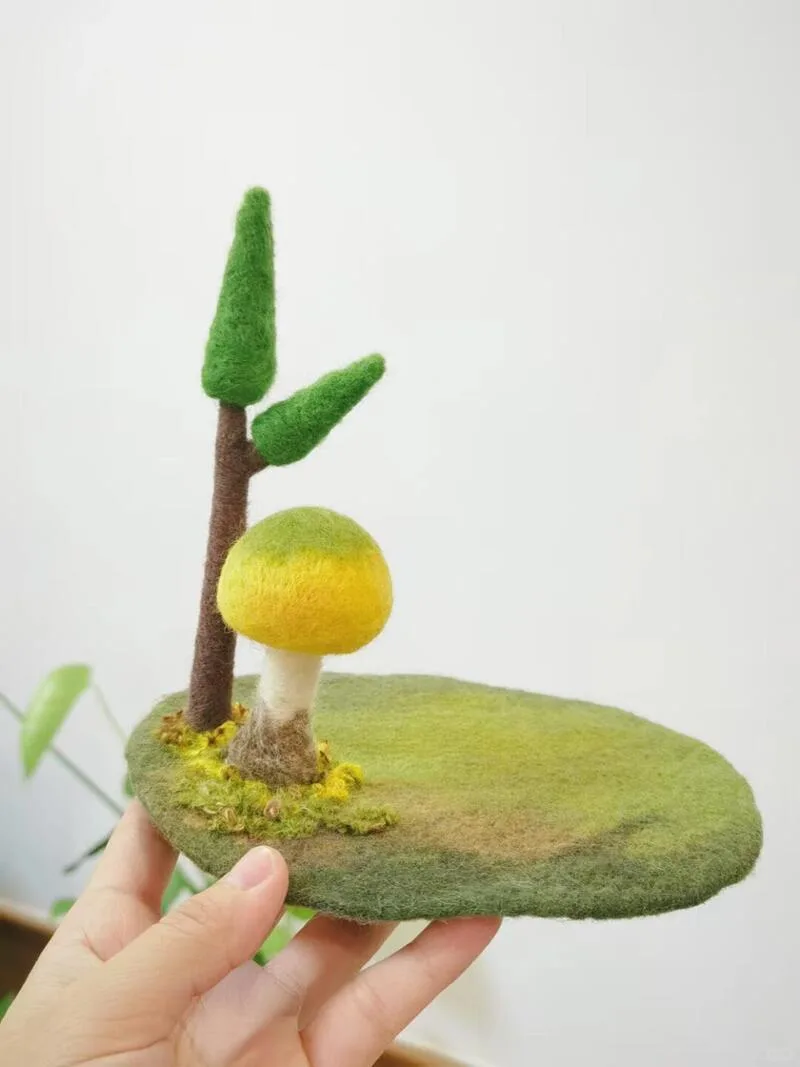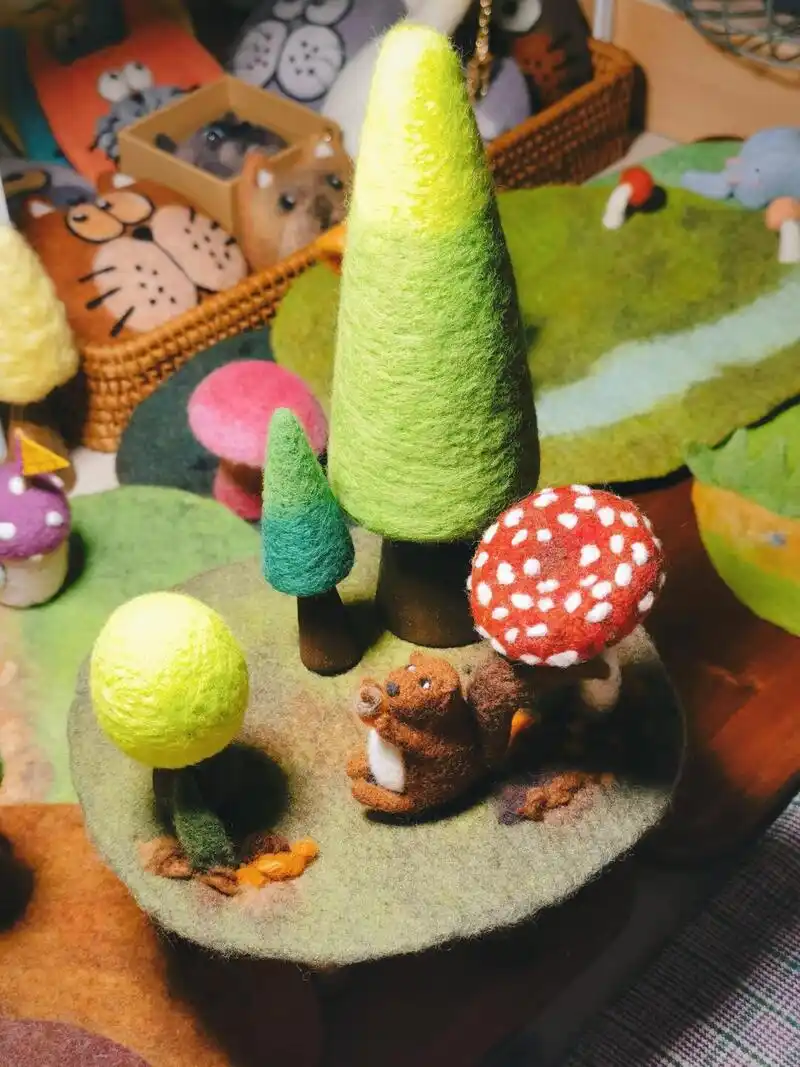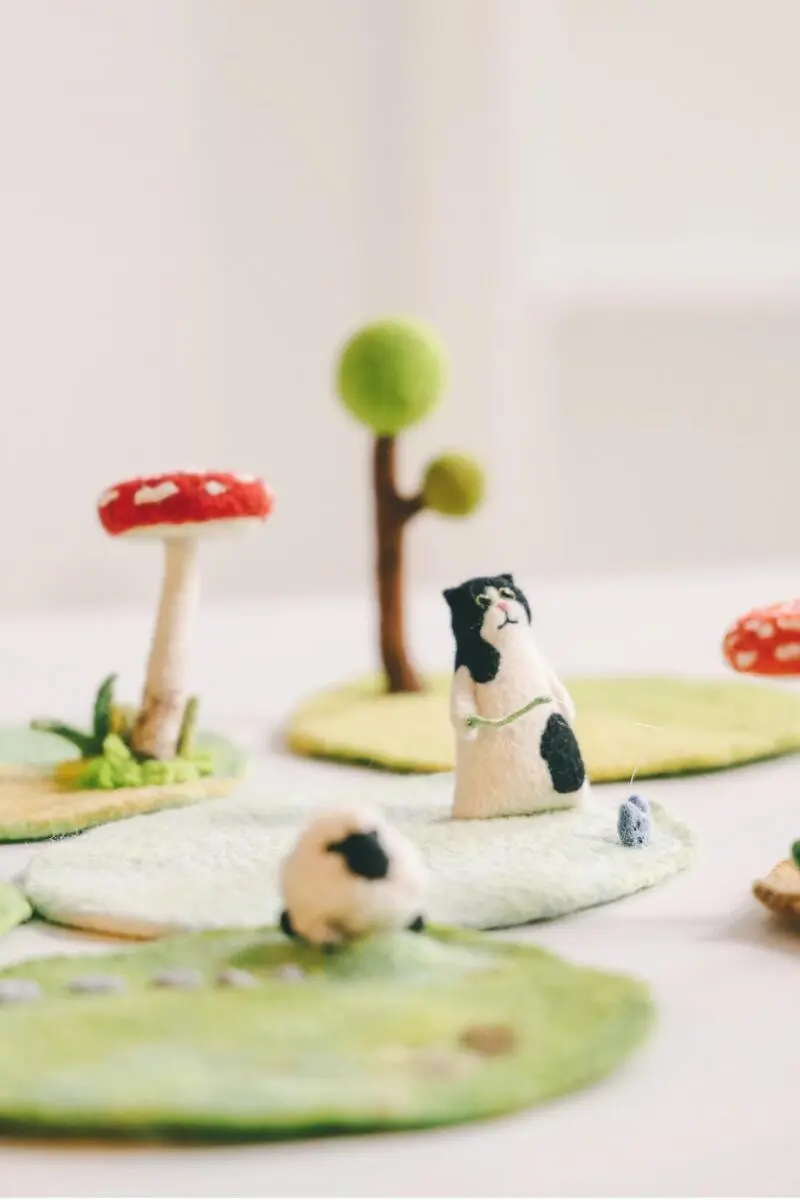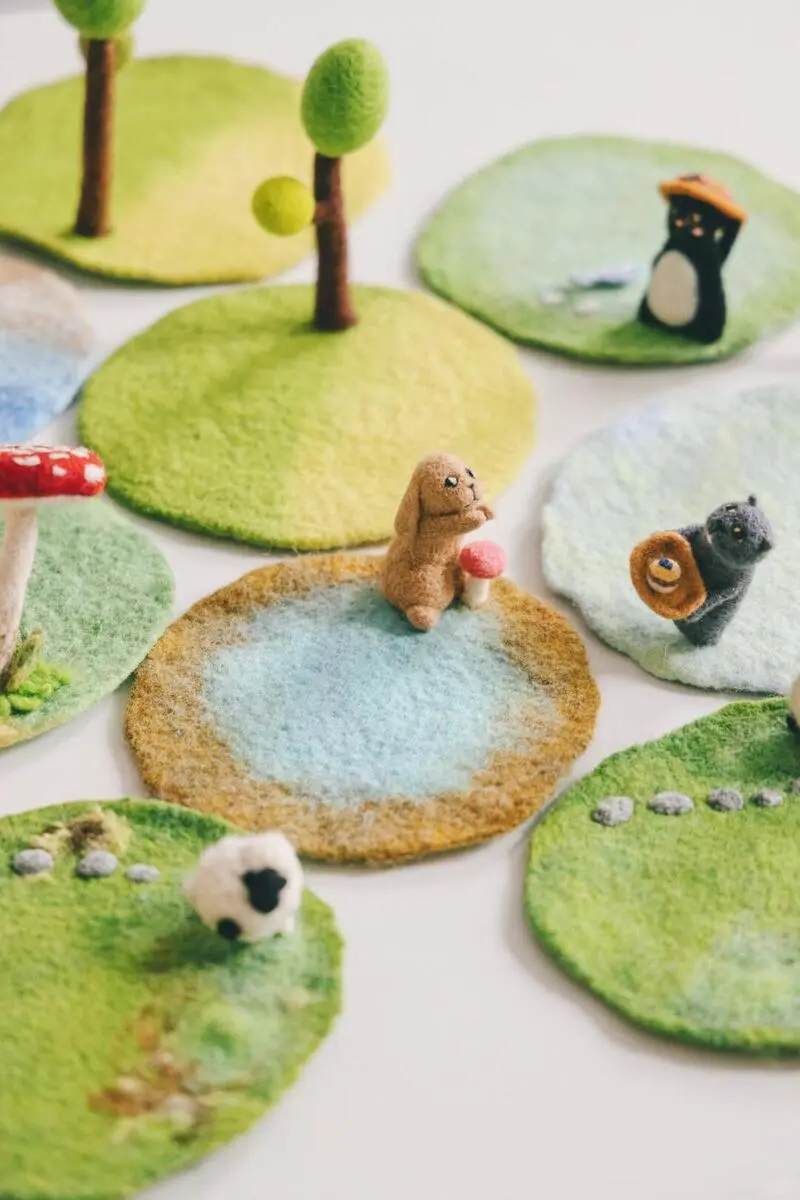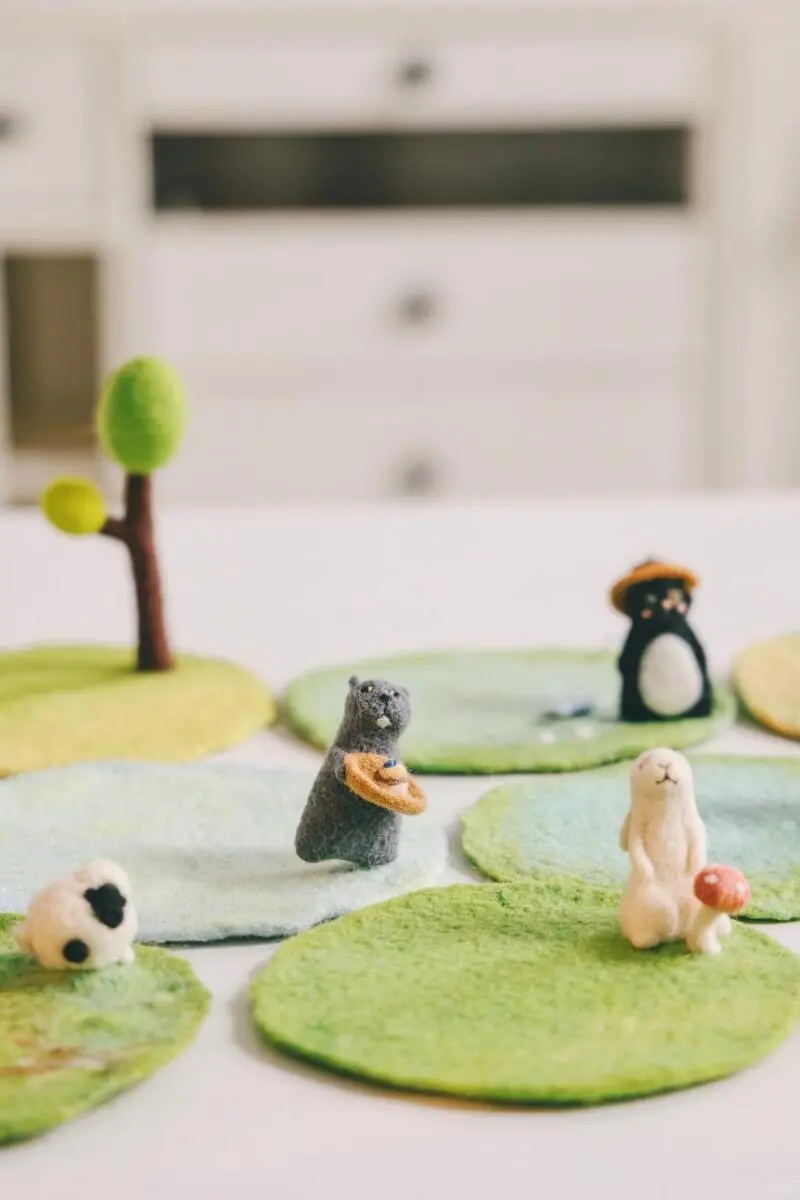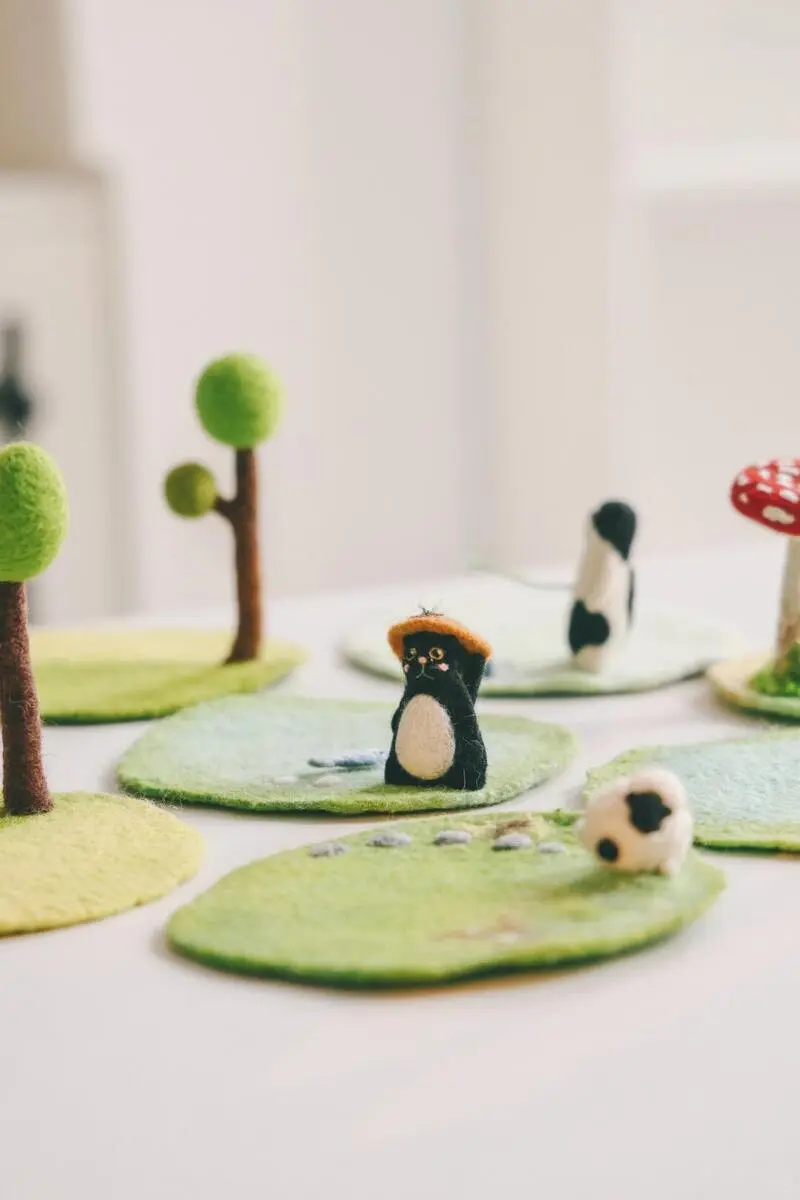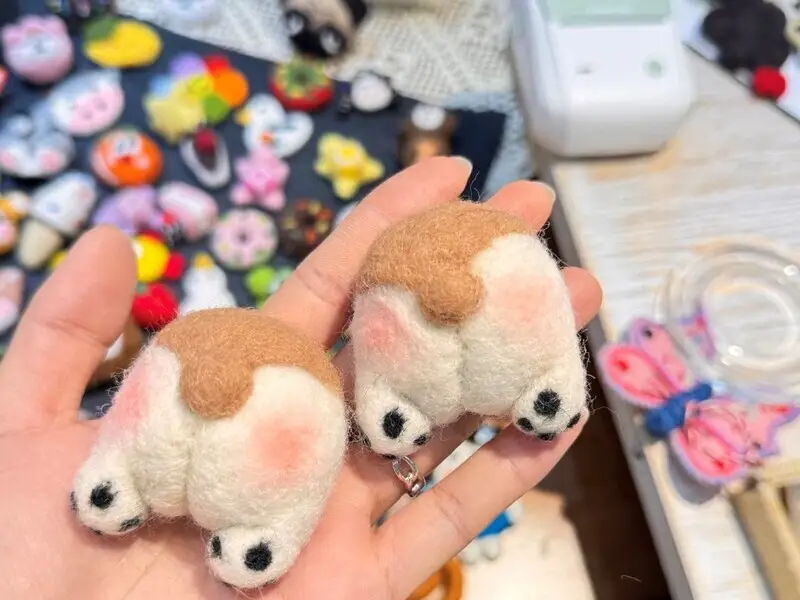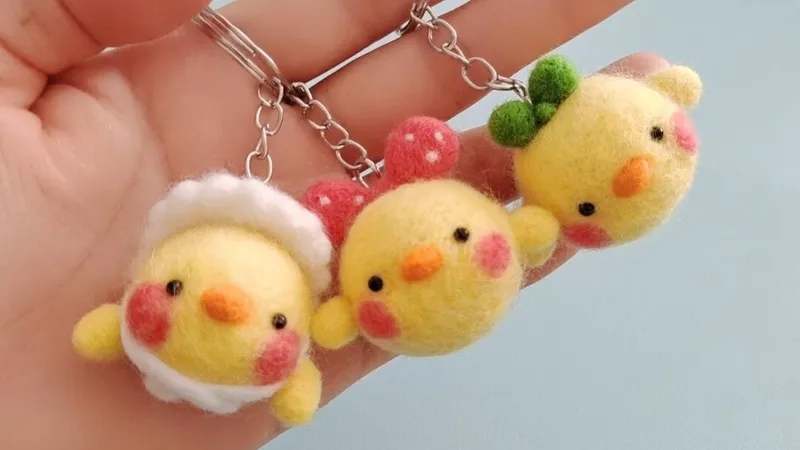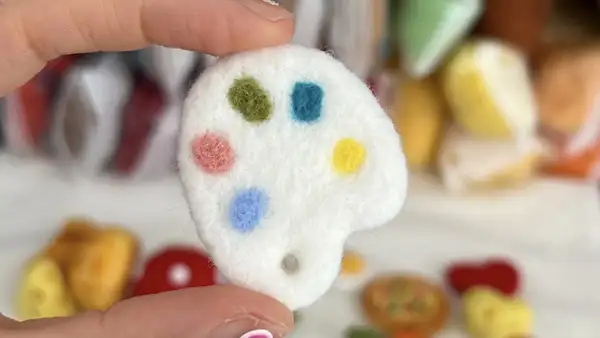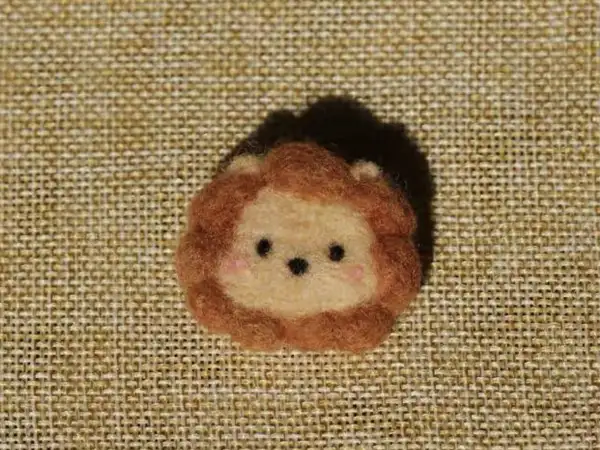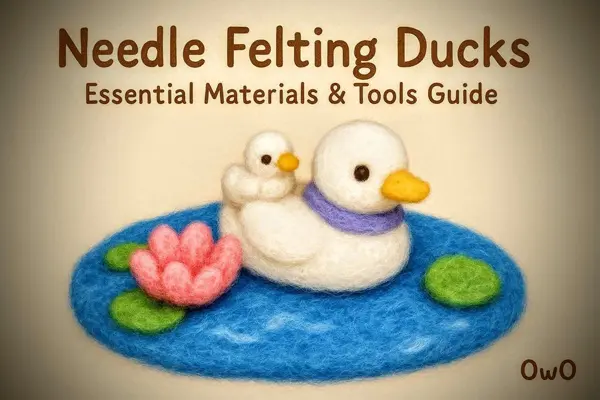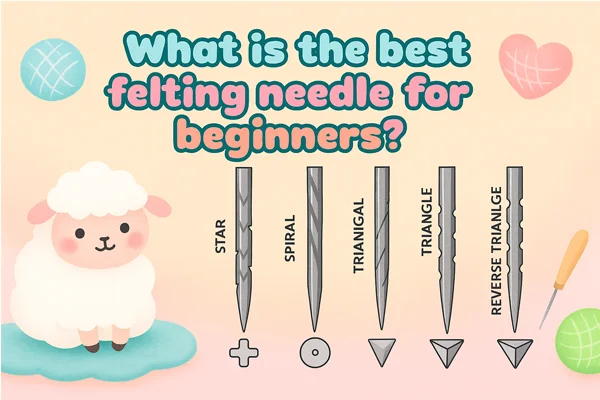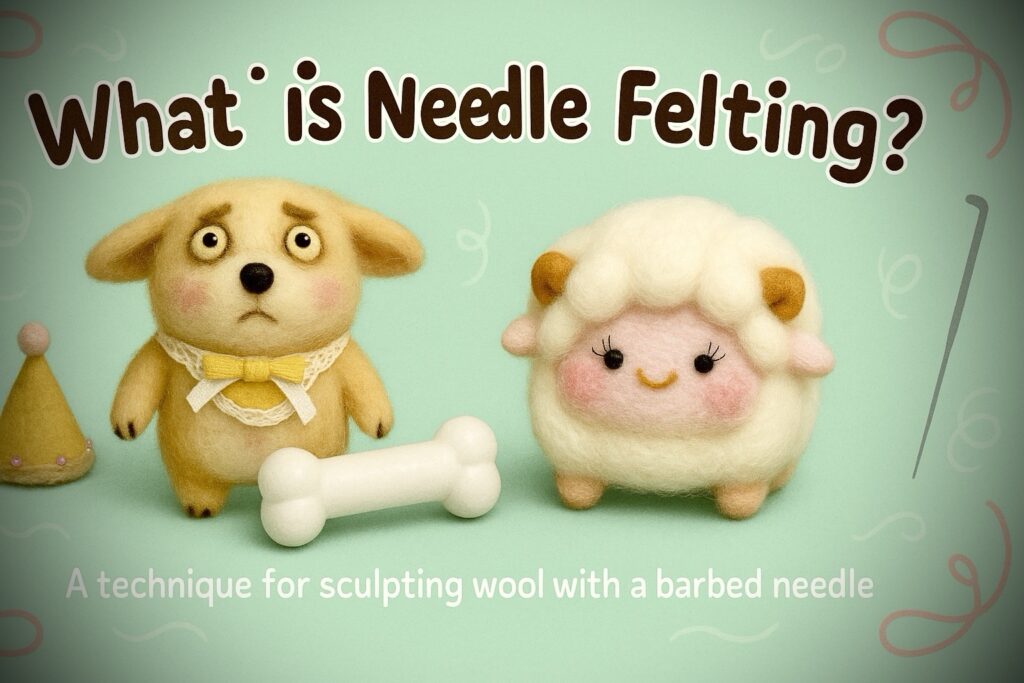Grade your notes
8 Common Mistakes in Needle Felting, For Beginners Guide
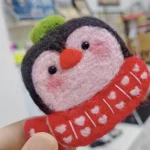
Not using a cushion, using the wrong needle, choosing the wrong wool, using too much or too little wool, poking too deep, not paying attention to safety, poking at the wrong angle that can easily break the needle, and lack of patience
Needle felting is an art technique involving barbed needles used for interlocking wool fibers together into dense mesh. This craft can be both therapeutic and artistic; while beginner-friendly, there are specific techniques and considerations which must be observed if results in frustrations, poor outcomes or safety risks.
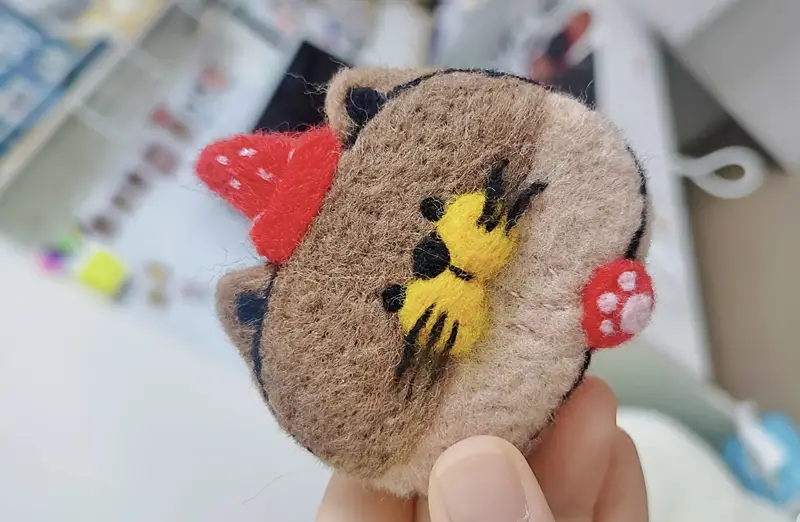
1.Misjudging Project Complexity
An understandably daunting and intimidating experience when beginning a complex or challenging felting project is beginning with one too complex or difficult for you. Even though you might know some basic principles about felting and shaping, starting off on such complex designs or shapes may prove intimidating and time consuming if they’re your first attempts.
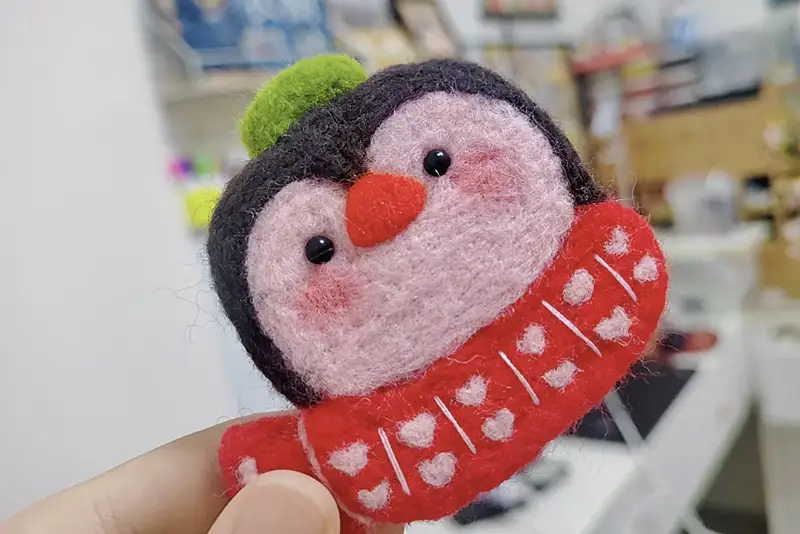
2.Safety precautions are inadequate
Needle felting is an exciting hobby to try, but needle felting requires using sharp, barbed tools that can be dangerous if misused. A felting needle features a barbed edge designed to capture and entangle wool fibers; when misused it could prove fatal.
3.Mistakes involving equipment and tools
Beginners to needle felting often make the mistake of choosing an inferior or inappropriate felt pad, increasing their risk for needle injuries and slowing their progress. Foam felt pads can provide temporary protection but may eventually pose problems which impede your development as a needle felter.
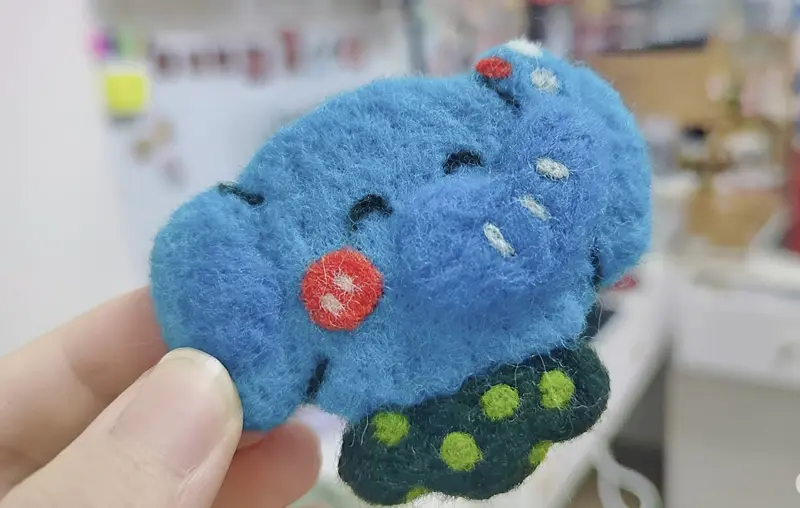
Foam needle felting pads often disintegrate quickly during use, leaving debris scattered on wool fibers that leads to an uneven surface. Foam felt is also soft and lacks resistance, slowing and ineffectively felting processes; its fragments sticking onto wool after repeated punctures pollute work and require frequent cleanup; furthermore foam felt pads wear out quickly, often collapsing within several projects due to heavy usage, necessitating frequent replacements as well as pollution issues.
4.Surface Quality Problems
When a piece develops a pitted surface or large, unsightly holes, it usually indicates that needles were punched too deeply or thickly. There are various techniques to address surface quality issues: For example, using a fine felting needle poked shallowly across its surface at an angled rather than vertical angle can help smooth and reduce visibility of holes, and the latter even eliminate preexisting ones while creating an easier and smoother finish surface.
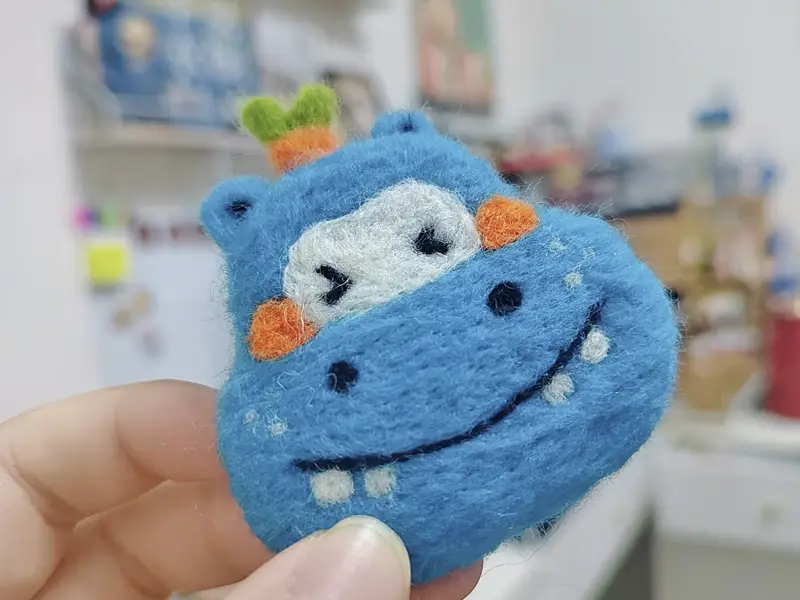
For stubborn holes, lightly combing their edges with a small awl can help reposition fibers over problem areas without further embedding them into holes. Sometimes allowing your piece to rest for a few days allows the fine fibers to relax naturally and your holes may eventually disappear or lessen over time.
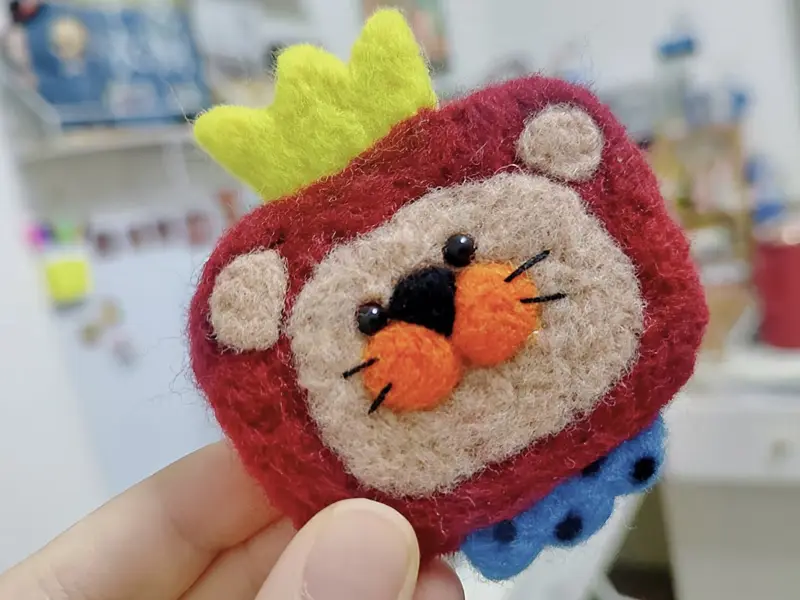
5.Use of incorrect needles
Mistakes are also often made when choosing needles. There is an assortment of sizes, shapes and barb patterns available – including stars, spirals and triangles. When selecting the proper size needle for felting wool at various stages, beginners often become frustrated by choosing an inappropriate needle size.
Star 36 needles are often the go-to choice when working with Romney wool, while fine wools such as Merino require thinner needles such as Size 38 or finer. Too large of a needle will leave unsightly large holes on the final product while too thin will slow down and complicate the felting process unnecessarily.
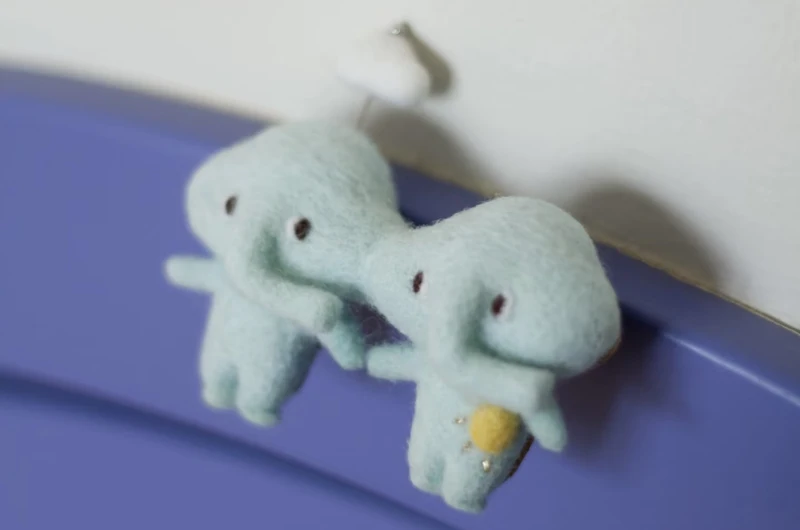
Needle technique is another area where practitioners often make errors. Since felting needles contain barbs near the tip, it can be easy to insert the needle too deep into the wool. Rapid and short thrusts are more efficient for faster felting while less wearing down of needle tips.
Technical errors often include incorrect needle insertion angle. To avoid bending and breaking of needles when entering and exiting wool at different angles, insert them with straight angles only – otherwise diagonal insertions could damage both your needle and work.
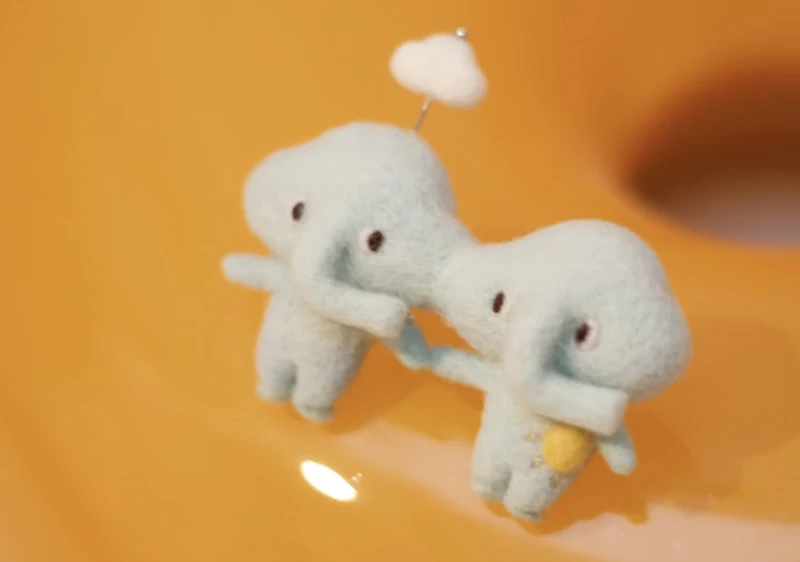
6.The wrong material is selected
Wool selection that is inappropriate
Beginners to needle felting may find using wool to be too soft or too fine, and Owo suggests that those just starting out choose coarse wool as it will make learning simpler and will likely also be more cost-effective than its more delicate counterparts. These coarse fibers also tend to be less costly, making them perfect for this learning process.
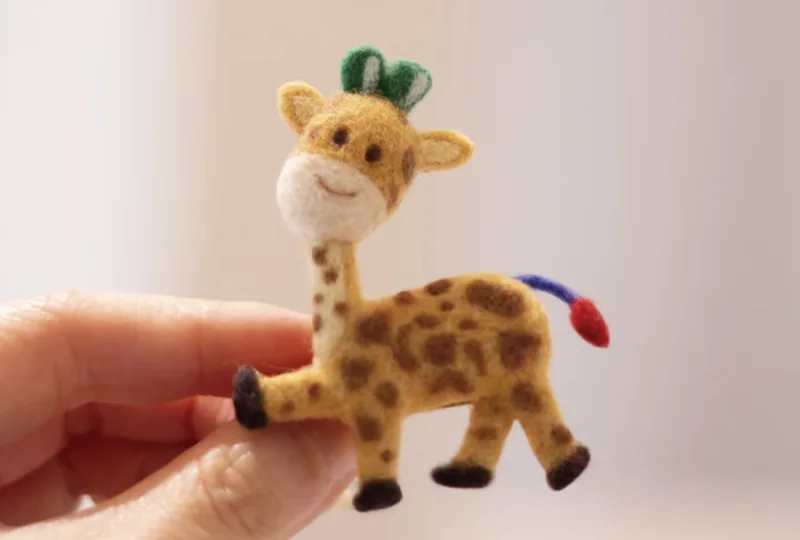
Poor wool preparation
Beginners to needle felting may overlook the significance of wool preparation, yet this step plays an essential part in creating their final product. An uneven feling effect, clumps and difficulties during felting could all arise from under-prepared wool; to properly prepare it with a carding machine you should gently combing and lightly combing your material so as to achieve more even working materials, more even feling effects and smoother finished products.
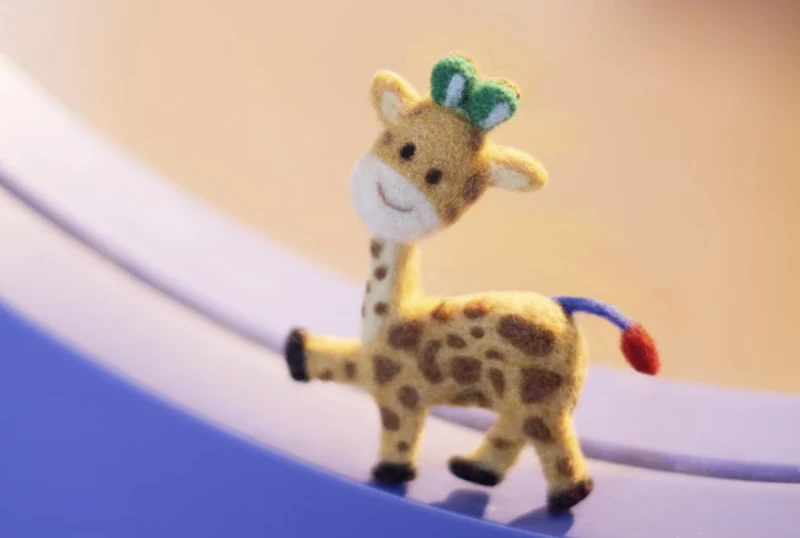
7.The wrong amount of wool
Another common challenge in needle felting is determining how much wool to use for any given project. Because felting involves matting, condensing, and pressing roving together under extreme compression pressure during its felting procedure, novice needle felters frequently make the mistake of either using too much or too little wool and end up creating larger projects than intended.
Beginning with less wool allows you to gradually add more as needed; however, starting too little may become boring and discourage future practice. Finding a balance requires experience and an in-depth knowledge of how much compression to expect during felting procedures.
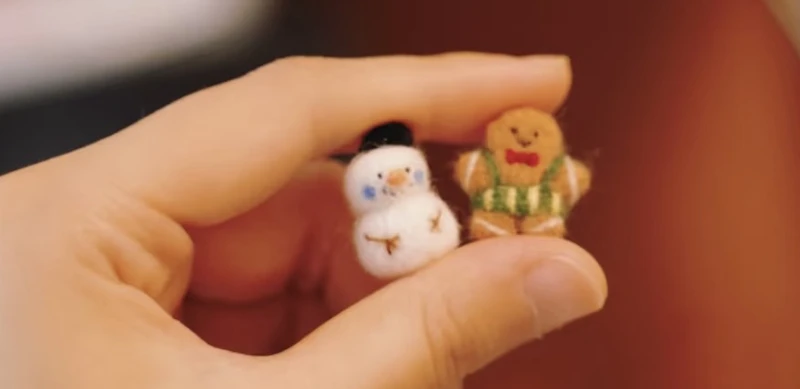
8.The Felting Pressure and Time is Insufficient
One of the most common mistakes made in needle felting is to lack patience. Beginners and needle felting enthusiasts often underestimate the amount of time needed to achieve the desired effect. Needle felting is a long-term process that takes patience and persistence in order to achieve the desired smoothness and hardness.
Projects can take many hours to complete, and rush work may result in fragile, fuzzy or unfinished pieces. The principle to follow is “more felting” – as the felting process goes on, the piece becomes stronger and more smooth.
Another mistake is not felting strongly enough. This results in a piece that looks loose and fuzzy, lacking the professional appearance of a felted item. To achieve the dense and solid texture of high-quality needle felted pieces, it is essential to apply sufficient pressure and repeat needling.
Tag
Needle Felting Kits
needle felted cat
$12.00needle felted duck
$12.00needle felted bear
$12.00needle felted dog
$12.00
